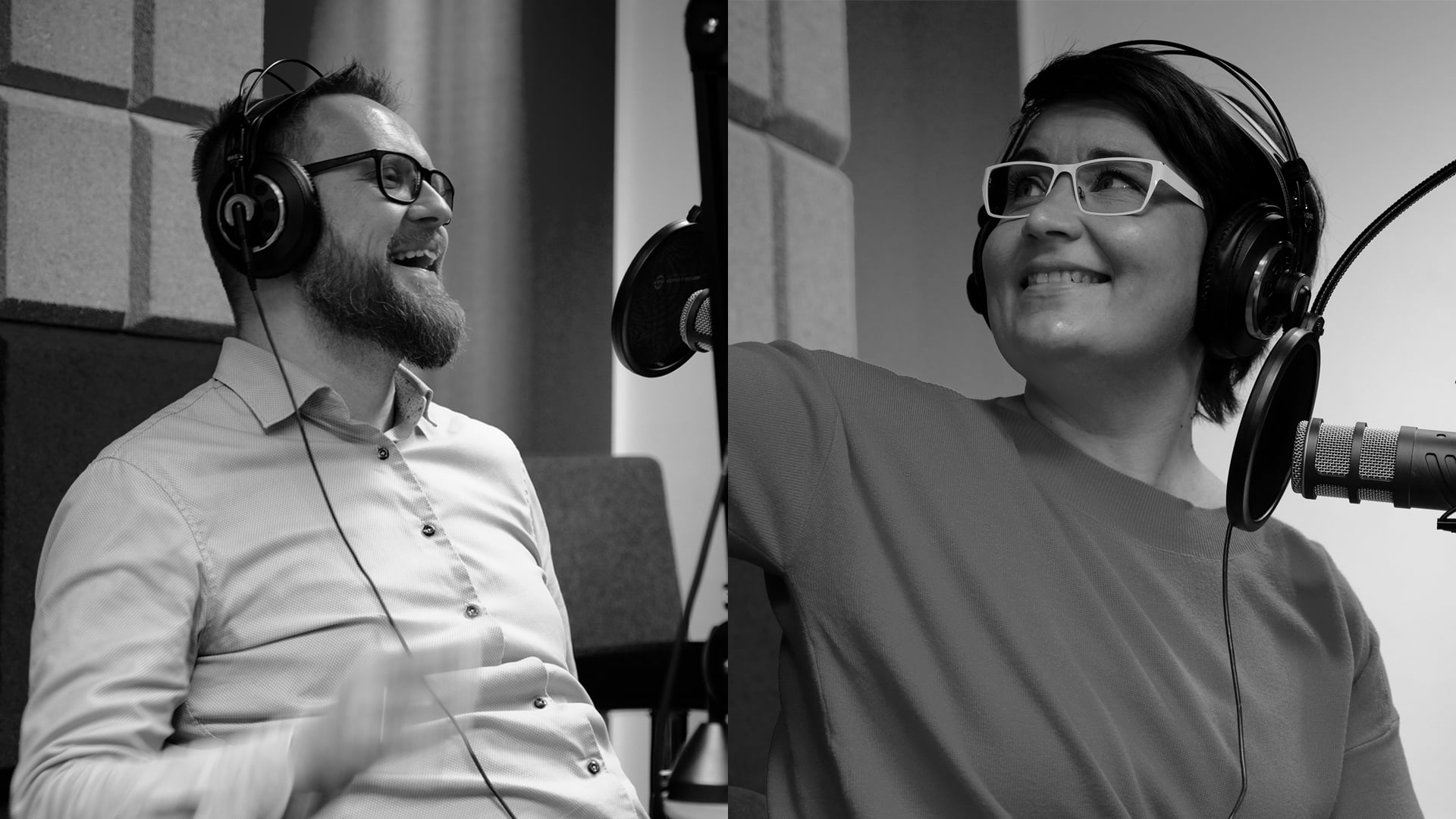Unboxing Sustainability Podcast: We are obliged by awareness to choose sustainability

If the preview does not load, you can find the episode here!
In this podcast episode, Paptic’s Hanna Kalliomäki & Tuomas Mustonen sat around the round table to discuss sustainability from different viewpoints to help us all improve our understanding of this complex entity.
The impact of plastics, and packaging in particular, on the environment, is well documented, but what alternatives are available to make packaging, and our world, more sustainable? Concern about the amount of plastics in the environment, and their possible effect on climate change and global warming, is an ever present and pressing concern for both companies and consumers alike. Given all the media coverage plastics, and the continued use of fossil fuels to produce them has received in the past twenty years, it would be easy to believe this is a 21st-century concern. However, the 1970s oil crisis had already sparked an acceleration in the development of biopolymers as an alternative to oil-based plastics.
Plastic Pollution in numbers
To date, around 8.3 billion tonnes of plastic has been produced in the world, and with production currently at around 370 million tonnes annually, of which 40% is used as packaging, the scale of the problem soon becomes apparent. Around 4% of annual fossil fuel consumption is used in the manufacturing of plastic, further contributing to CO2 emissions and global warming. Plastics are even entering our food chain, through both the soil and the oceans, with the potential to have a long-term detrimental effect on nutrition chains and the next generation of mammals. Currently, some 50% of plastic is single use, and only 9% of all plastic produced so far has ever been recycled.
Plastic pollution regulations
But change is on the way. The EU has already introduced a ban on single use plastics and has a target to increase plastic packaging recycling rates to 55% by 2030. Many EU countries are now looking to the opportunities the circular economy presents for reducing waste, creating an unprecedented opportunity for recyclable fibre-based materials. International companies and brands are also responding by increasingly focussing their strategies on mitigating climate change through the reduction of plastics they use in their packaging, while ultimately searching for sustainable bio-based alternative materials that are also recyclable.
Is fibre-based packaging recycled?
It is this climate of demand for change that has driven the development and demand for sustainable fibre-based packaging materials. At the time of writing, 80% of all fibre-based packaging material used in Europe is recycled, with studies showing that the same fibres can be recycled at least seven times. A recent Austrian study even claims the fibres in fibre-based packaging could possibly be reused up to twenty-five times. In Europe, and particularly Scandinavia, recycling rates are as high as 90%, but in other parts of the world, it’s quite a different story, with recovery rates far below those reported in Europe. There are even differences in the way materials are recovered within EU countries. For example, packaging, regardless of material, is placed in the same yellow recycling bin in Germany, as opposed to Scandinavia, where packing is placed in recycling bins according to the material.
The problem is further exacerbated by rising standards of living around the world, further increasing the demand for packaging materials. As the global population continues to grow, consumer demand increases exponentially, bringing with it ever-greater consumption of packaged goods. It is important that new and simplified methods are found to make it easier for consumers to recycle as much as possible and close the gap in recovery rates between Europe and other parts of the world. To be truly sustainable there needs to be greater unification between all markets in terms of waste management.
Opting for the more sustainable future
The circular economy model is one that offers an opportunity, not just for companies, but the world as a whole, to become more sustainable while reducing emissions and helping slow global warming. It provides the possibility to share resources and expertise, and to utilise or repurpose existing production assets to create a sustainable future. We have the critical mass of knowledge to make the necessary changes, and we are obliged by awareness to take the sustainable actions needed.
In the next podcast episode Markus Joutsela, Senior University Lecturer at Aalto Packaging Design, Consumer Experience and Sustainability”. University School of Arts, Design and Architecture, brings his insights to the discussion with Hanna & Tuomas on “The Interplay of Packaging Design, Consumer Experience, and Sustainability”.
If you want to learn more about this topic there is a wide offer of sustainability courses available that will help you get more knowledge and practices sustainable solutions. Find them here.
Find all our podcast episodes here: Podcast
